Home>Garden Essentials>What Do Maple Seeds Look Like
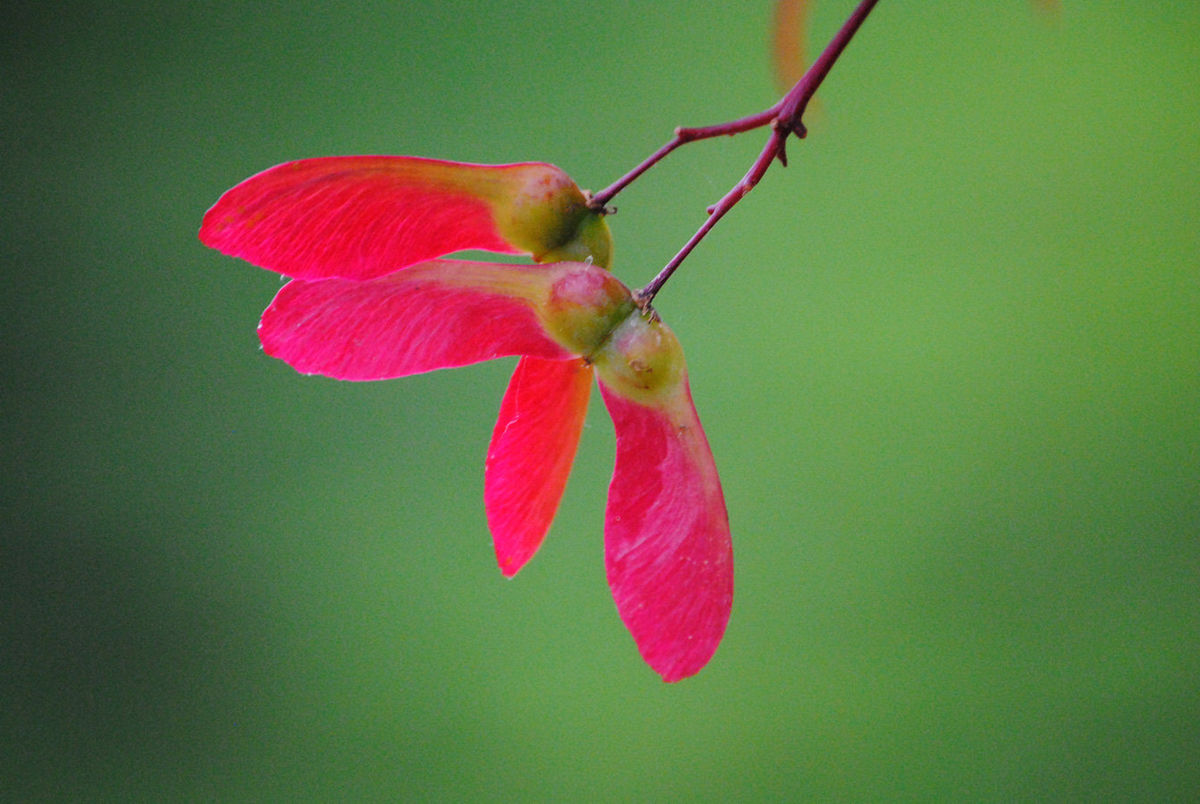

Garden Essentials
What Do Maple Seeds Look Like
Modified: March 24, 2024
Discover what maple seeds look like in your garden and learn how to identify them. Explore their unique shapes, sizes, and colors with helpful tips and images.
(Many of the links in this article redirect to a specific reviewed product. Your purchase of these products through affiliate links helps to generate commission for Storables.com, at no extra cost. Learn more)
Introduction
Maple trees are known for their beauty, shade, and delicious syrup. But have you ever wondered what the seeds of a maple tree look like? In this article, we will explore the anatomy and characteristics of maple seeds, also known as “helicopter seeds” or “samaras”.
Maple seeds are unique in their design and fascinating to observe. They play a crucial role in the reproduction and dispersal of maple trees, ensuring their future generations can thrive.
By delving into the details of maple seeds, we can gain a deeper appreciation for these remarkable natural structures and better understand the botanical world around us.
Key Takeaways:
- Maple seeds, also known as “helicopter seeds,” have a unique wing structure that allows them to twirl and spin as they fall, helping them to be carried by air currents and dispersed over greater distances.
- Unlike other seeds, maple seeds have a distinctive winged design that sets them apart. Their small, streamlined shape and delicate wing structure enable them to glide through the air, ensuring successful dispersal and growth.
Read more: What Do Salvia Seeds Look Like
Anatomy of a Maple Seed
To understand what maple seeds look like, it is essential to examine their anatomy. A maple seed consists of several distinct parts that work together to fulfill their reproductive and dispersal functions.
The main components of a maple seed are the seed coat, the embryo, and the wing. Let’s take a closer look at each of these parts:
Seed Coat:
The seed coat, also known as the outer shell or hull, surrounds and protects the embryo within the seed. It is typically thin and papery, but its exact appearance and texture can vary among different maple species. The seed coat is usually brown in color and may have fine patterns or markings.
Embryo:
The embryo is the vital part of the seed that contains the genetic material needed to develop into a new maple tree. It is a tiny, undeveloped plant within the seed. The embryo usually consists of a small stem called the hypocotyl, which will grow into the tree’s main stem, and a pair of cotyledons, which serve as the seed’s food storage and energy source until it can establish itself as a photosynthetic organism.
Wing:
The most distinctive and remarkable feature of a maple seed is its wing, which gives it the ability to twirl and spin as it falls from the parent tree. The wing is a flat, thin structure attached at one end of the seed. Its purpose is to catch the air currents and create a spinning motion, allowing the seed to be carried away from the parent tree and dispersed over a wider area.
The wing of a maple seed typically has a unique shape, resembling that of a helicopter rotor or the wings of a bird. The shape varies slightly among different maple species, but it generally consists of two lobes or “sides” that are slightly curved and connected near the seed. This design helps the seed achieve a stable and controlled descent as it floats through the air.
Overall, the anatomy of a maple seed is a fascinating example of nature’s ingenuity. Each part serves a specific purpose, contributing to the successful reproduction and dispersal of maple trees, ensuring their survival and propagation in diverse environments.
Read more: What Do Garlic Seeds Look Like
Color and Texture
The color and texture of maple seeds can vary depending on the species and their stage of development. Maple seeds typically exhibit earthy tones, ranging from light hues of brown and tan to darker shades of reddish-brown.
The seed coat, which encases the embryo, often has a smooth and papery texture. However, the exact texture can also depend on factors such as the age of the seed and the specific maple species. In some cases, the seed coat may have fine patterns or markings that add visual interest.
When maple seeds are fully mature and ready for dispersal, their color may change slightly. They can become slightly drier and more brittle, which can affect their texture as well. As the seed coat ages, it may develop a slightly rougher or wrinkled appearance.
It is worth noting that the color and texture of maple seeds are intricately linked to their ecological functions. The earthy tones and papery texture of the seed coat provide camouflage and protection, allowing the seeds to blend in with the forest floor or other natural surroundings.
In contrast, the wing of the maple seed, which is essential for dispersal, has a different texture and appearance. The wing is often smooth and thin, allowing it to catch the wind effectively. Its texture can be described as delicate and lightweight, enabling the seed to glide through the air as it descends. The surfaces of the wing lobes are typically veined, giving them strength and flexibility.
The combination of colors and textures in maple seeds is not only aesthetically pleasing but also serves a purpose in the natural world. The variations in color and texture help maple seeds adapt to different environments and optimize their chances of successful germination and dispersal.
Size and Shape
Maple seeds exhibit a distinct size and shape that contribute to their unique characteristics and dispersal capabilities. The size and shape of maple seeds can vary slightly depending on the specific species, but they generally share common features.
Maple seeds are typically small, measuring between 1 to 2 inches in length, including the wing. However, some species may have larger or smaller seeds. The size of the seed can also depend on factors such as the health and vigor of the parent tree.
The overall shape of a maple seed can be described as elongated and flattened. When viewed from the side, it resembles a small, elongated oval or an almond shape. This streamlined shape aids in the seed’s aerodynamics and allows it to travel through the air more efficiently.
The most distinctive feature of a maple seed’s shape is its wing. The wing is attached to one end of the seed and stretches out to the sides, giving it a characteristic “helicopter” or “propeller” appearance. The shape of the wing resembles two overlapping lobes or “sides” that are slightly curved and connected near the seed.
The wing’s shape plays a crucial role in the seed’s ability to spin and twirl as it falls from the parent tree. This spinning motion helps to slow down the seed’s descent and enables it to be carried by air currents over greater distances. The shape and size of the wing vary among different maple species, but all serve the same purpose of maximizing the seed’s chances of successful dispersal.
It is fascinating to note how the size and shape of maple seeds have evolved to optimize their survival and proliferation. The small and streamlined shape allows them to be carried by wind currents, while the distinct wing structure provides stability and controlled descent. These adaptations ensure that maple seeds can disperse over wide areas and find suitable environments for germination and growth.
Wing Structure
The wing structure of a maple seed is a defining characteristic that sets it apart from other seeds. The wing provides the seed with a unique aerodynamic design, enabling it to be carried away from the parent tree and dispersed over greater distances.
The wing of a maple seed is typically thin and flat, resembling a delicate membranous structure. It is attached to one end of the seed and extends outwards in a horizontal position. The wing is composed of a lightweight material that allows it to catch and interact with the air currents.
The wing is divided into two lobes or “sides” that are connected near the seed. These lobes have a slightly curved shape, similar to the wings of a bird or the rotor blades of a helicopter. The curvature of the lobes is vital in creating lift, which helps to slow down the seed’s descent and prolong its journey through the air.
The surface of the wing is usually smooth, but it is also covered with small veins. These veins provide strength, flexibility, and structure to the wing, allowing it to maintain its shape and integrity during flight. The veins also assist in the distribution of air pressure and help stabilize the spinning motion of the seed as it descends.
Maple seeds have a remarkable mechanism that allows them to twirl and spin as they fall. This spinning action creates drag and air resistance, slowing down the seed’s descent and increasing its time in the air. The wing’s structure and curved shape contribute to this spinning motion, ensuring that the seed remains airborne for as long as possible.
It’s worth noting that the specific wing structure may vary among different maple species. Some species have relatively broad wings, while others have narrower or more elongated ones. The variations in wing structure contribute to each species’ unique dispersal strategy, maximizing their chances of finding suitable habitats and reducing competition among neighboring trees.
The incredible wing structure of maple seeds exemplifies nature’s ability to create ingenious adaptations for survival and reproduction. These wings allow the seeds to travel long distances, disperse to new areas, and ensure the continued growth and diversity of maple tree populations.
Comparison to Other Seeds
Maple seeds stand out among other seeds due to their distinct characteristics and unique adaptation for dispersal. Let’s compare maple seeds to other common types of seeds to highlight their differences:
Read more: What Do Alfalfa Seeds Look Like
Dandelion Seeds:
Unlike maple seeds, which have a wing structure for aerial dispersal, dandelion seeds have a feathery structure known as a pappus. The pappus acts as a parachute, catching the wind and allowing the seeds to be carried over long distances. The feathery nature of dandelion seeds provides stability as they float through the air.
Acorn Seeds:
Acorn seeds are produced by oak trees and differ greatly from maple seeds in both size and shape. Acorn seeds are larger and rounder, resembling small nuts. They lack a wing structure and rely on creatures such as squirrels or gravity to disperse them. The robust and hard shell of acorn seeds protects the developing embryo within.
Pine Cone Seeds:
Pine cone seeds, also known as pine nuts, are enclosed within the woody scales of a pine cone. Unlike maple seeds, they do not possess wings for dispersal. Pine cones rely on external factors such as heat or animal activity to release their seeds. The seeds are then dispersed by animals or gravity.
Dry Fruits Seeds:
In contrast to maple seeds, some plants produce dry fruits that contain seeds. These fruits have various means of dispersal, including using the wind, relying on animals to carry them, or even exploding to scatter their seeds. Examples of dry fruits include samaras, such as the ones produced by ash or elm trees.
While maple seeds exhibit their unique winged structure, other seeds have evolved different mechanisms to ensure dispersal and colonization of new areas. Each type of seed has its own adaptations suited to the specific environment and ecological interactions.
Through these comparisons, we can appreciate the rich diversity of seed structures and dispersal strategies found in nature. Maple seeds stand out with their “helicopter” wings, enabling them to navigate the air and find new homes for future generations of maple trees.
Read more: What Do Beet Seeds Look Like
Conclusion
In conclusion, maple seeds are remarkable structures that play a vital role in the reproduction and dispersal of maple trees. Their unique anatomy, including the seed coat, embryo, and most notably, the wing, distinguishes them from other seeds.
Maple seeds are characterized by their earthy colors, thin and papery seed coats, and distinctive wing structures. The wings, with their two lobes and curved shape, enable the seeds to twirl and spin as they fall, maximizing their chances of being carried by air currents and dispersed over greater distances.
The color and texture of maple seeds provide camouflage and protection, allowing them to blend seamlessly into their natural surroundings. Their small and streamlined shape aids in efficient aerodynamics, while the delicate and lightweight wing structure ensures a controlled descent through the air.
Comparing maple seeds to other types of seeds reveals the incredible diversity of adaptations that plants have developed for successful dispersal. From dandelion seeds with their feathery parachutes to acorn seeds relying on animals for dispersal, each seed has its own unique strategy.
Understanding the anatomy and characteristics of maple seeds deepens our appreciation for the intricate workings of the natural world. It reminds us of the ingenious mechanisms that plants have evolved to ensure their survival and the perpetuation of their species.
So, the next time you come across a maple seed, take a moment to admire its color, texture, size, and the incredible design of its wing. Embrace the wonder and intricacy of nature’s creations, and remember the vital role that maple seeds play in the continual growth and beauty of our environment.
Frequently Asked Questions about What Do Maple Seeds Look Like
Was this page helpful?
At Storables.com, we guarantee accurate and reliable information. Our content, validated by Expert Board Contributors, is crafted following stringent Editorial Policies. We're committed to providing you with well-researched, expert-backed insights for all your informational needs.
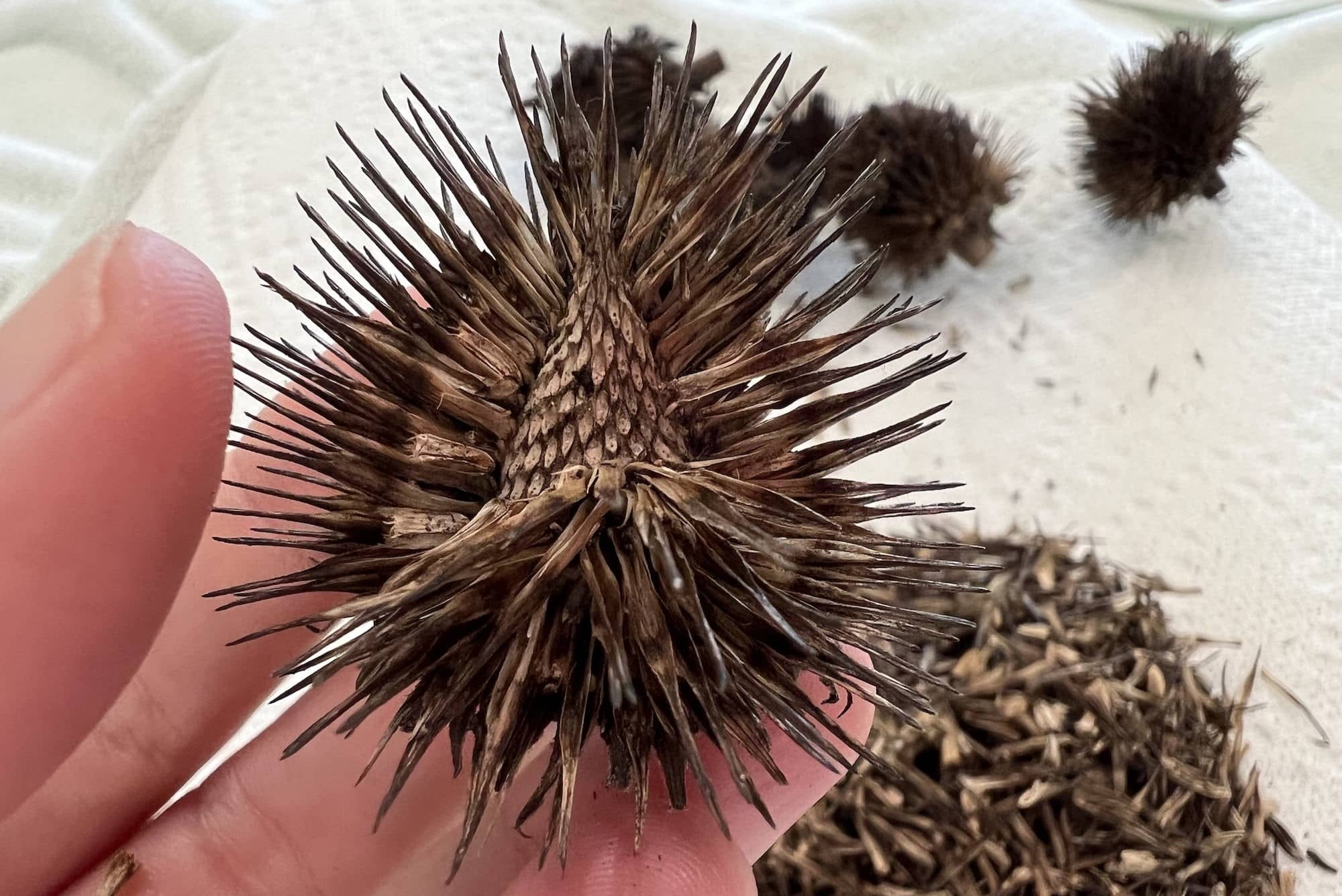
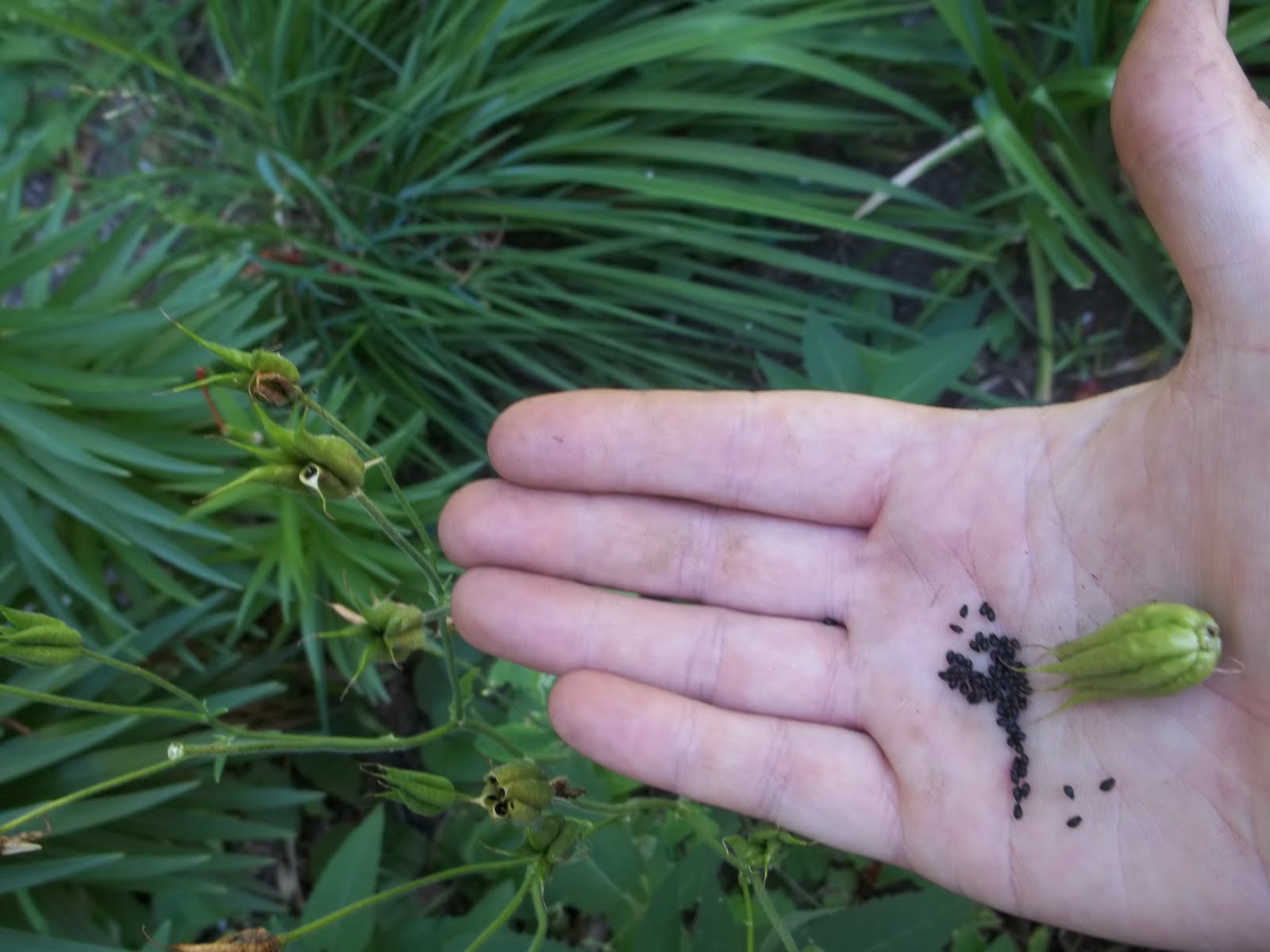
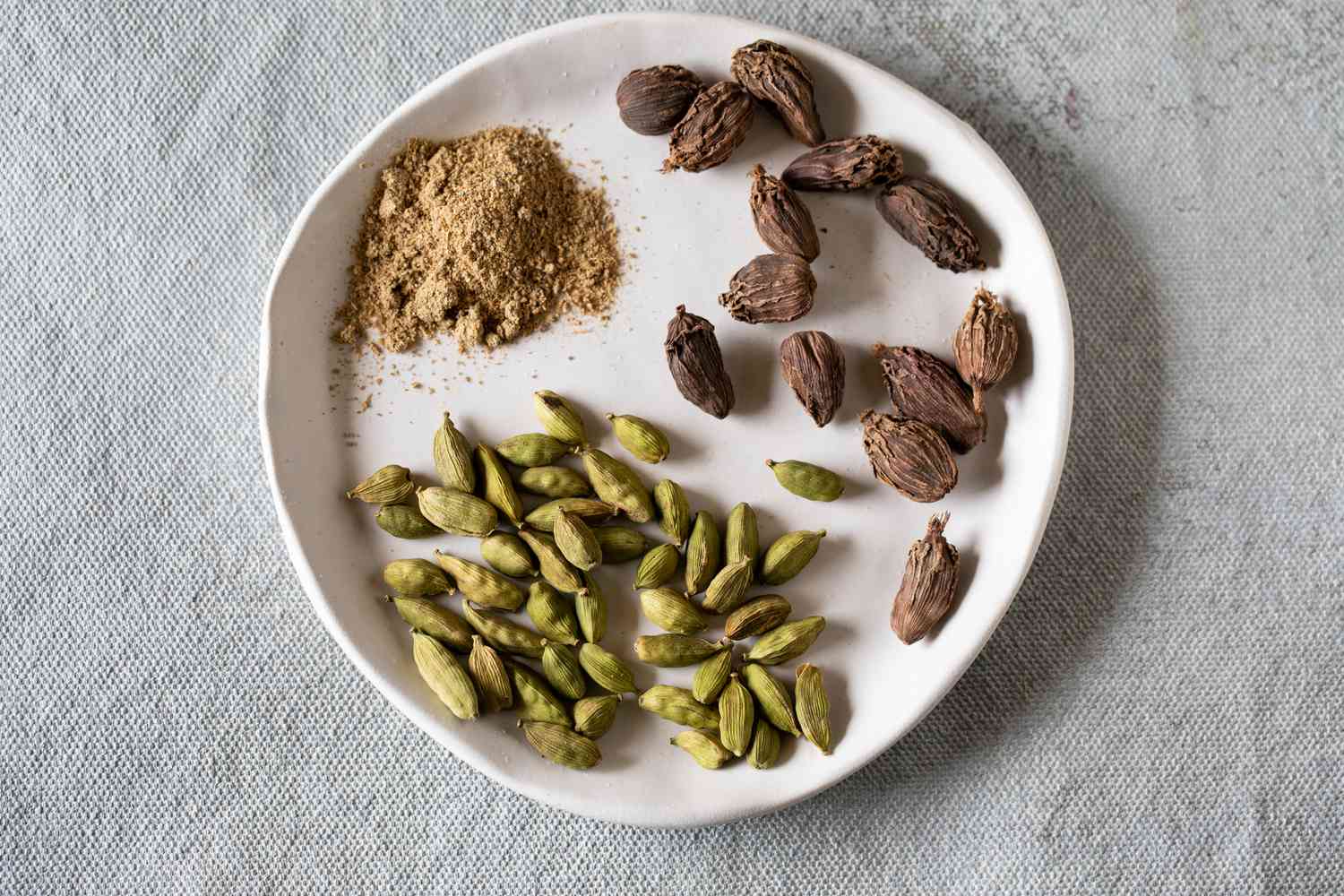
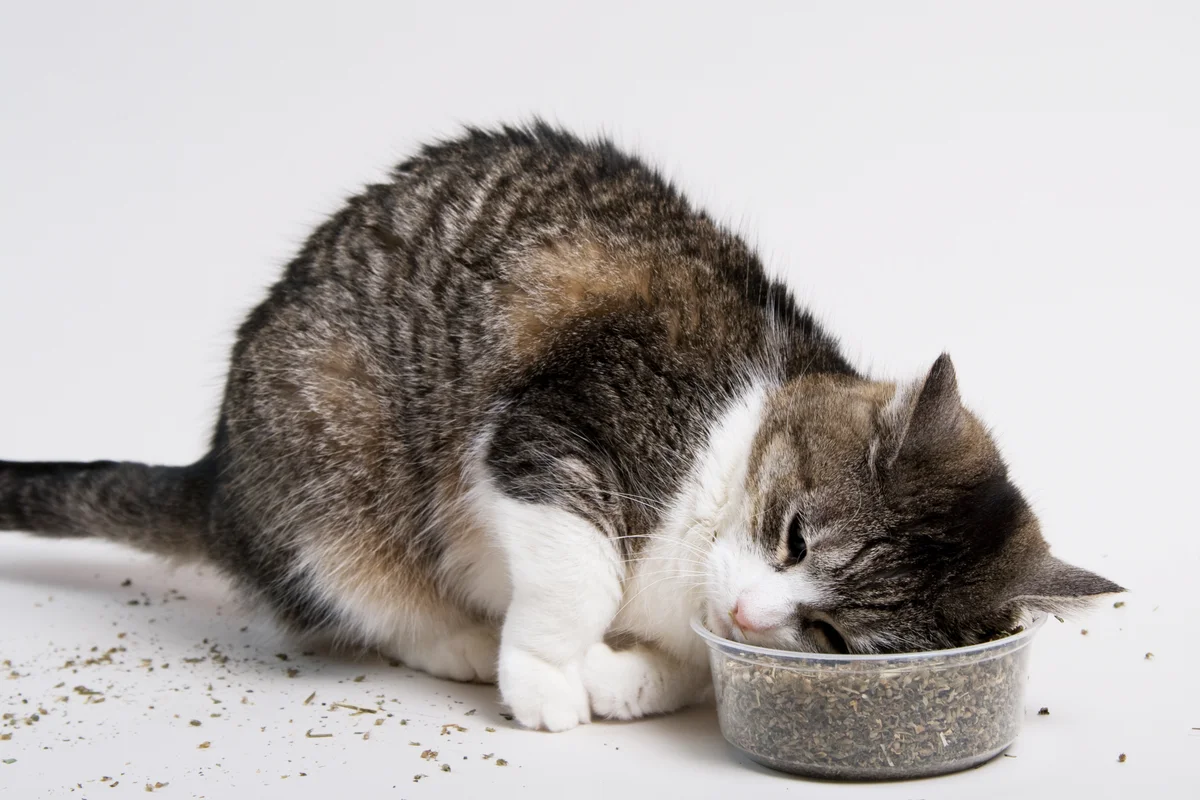
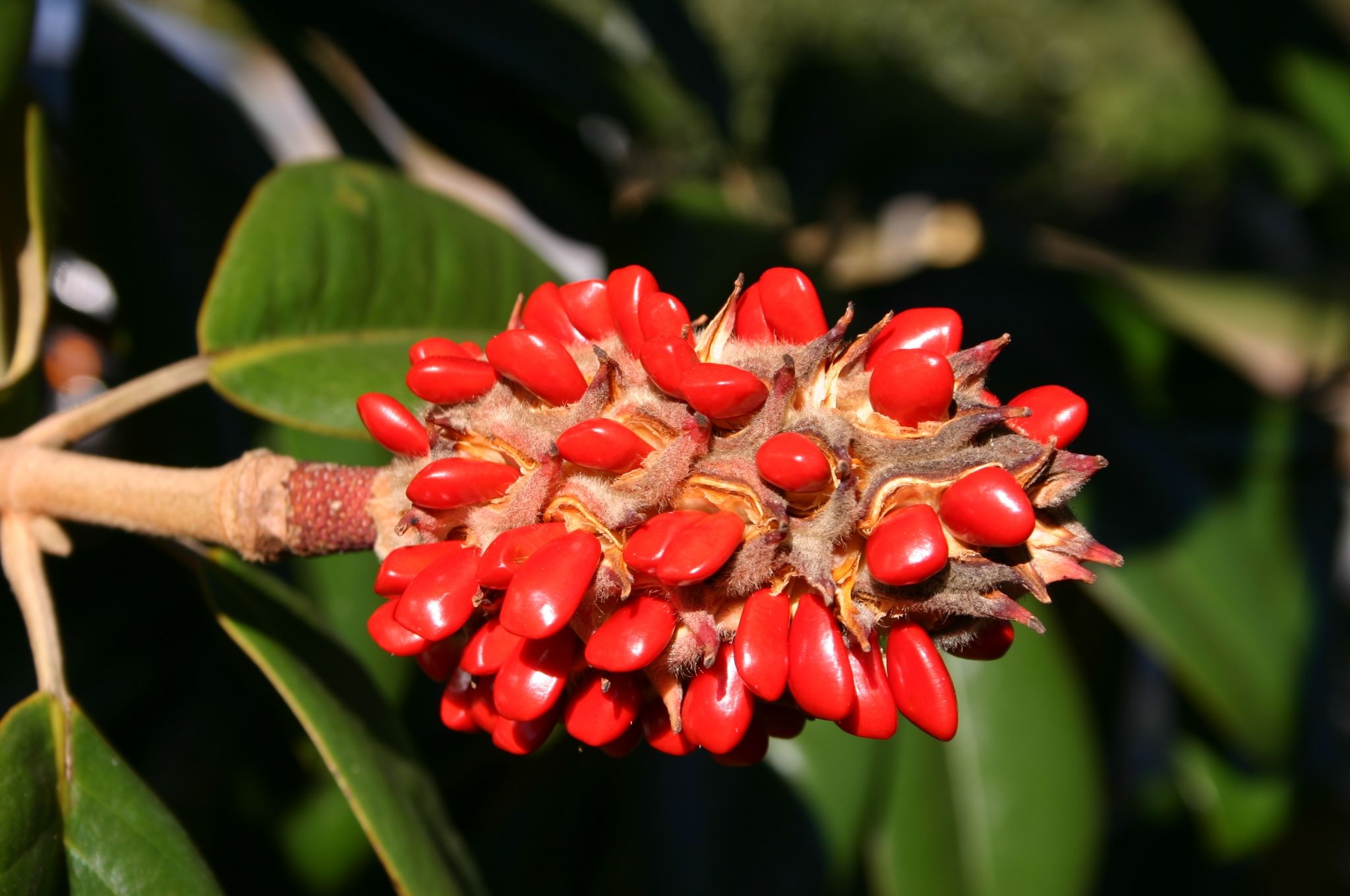
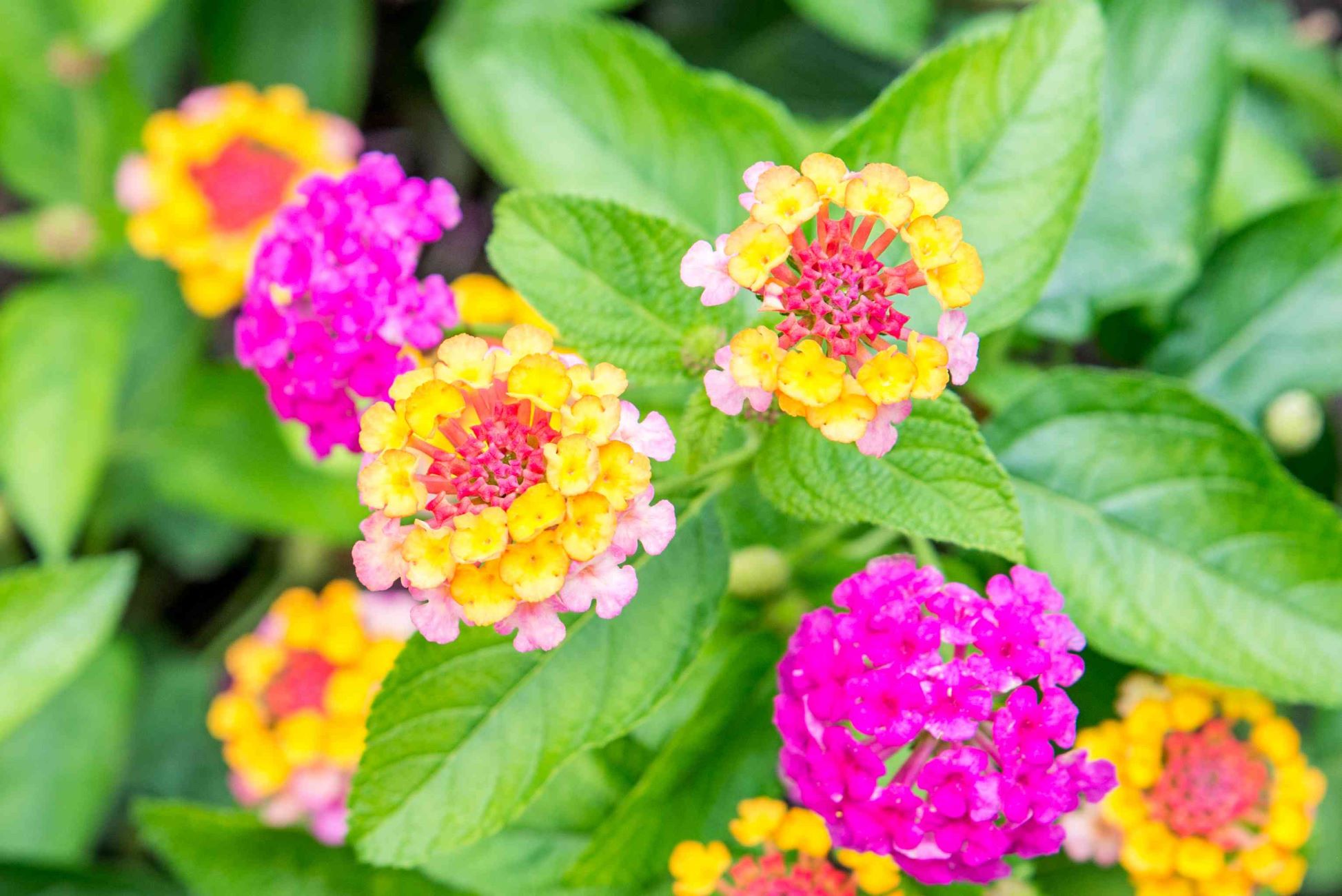
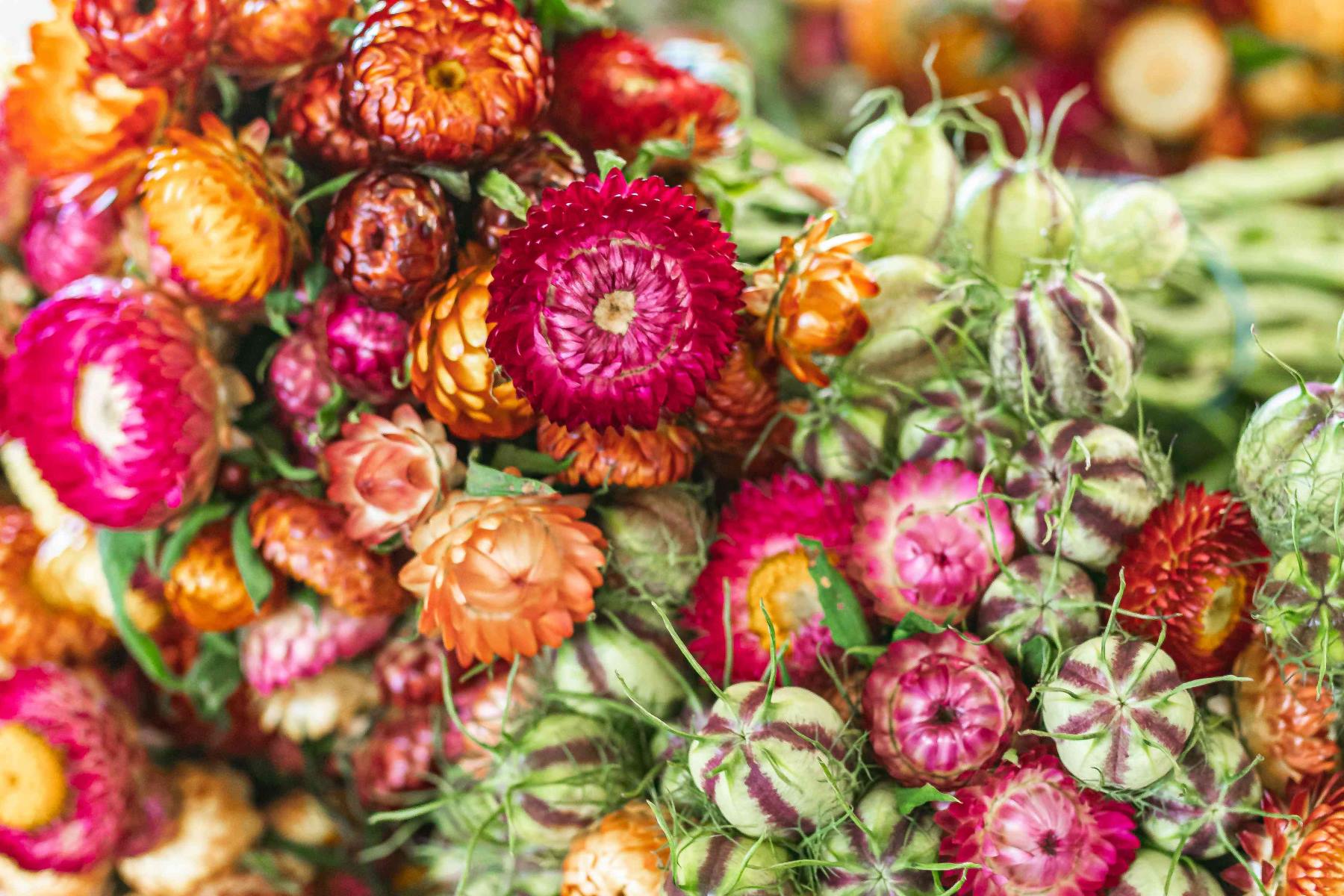
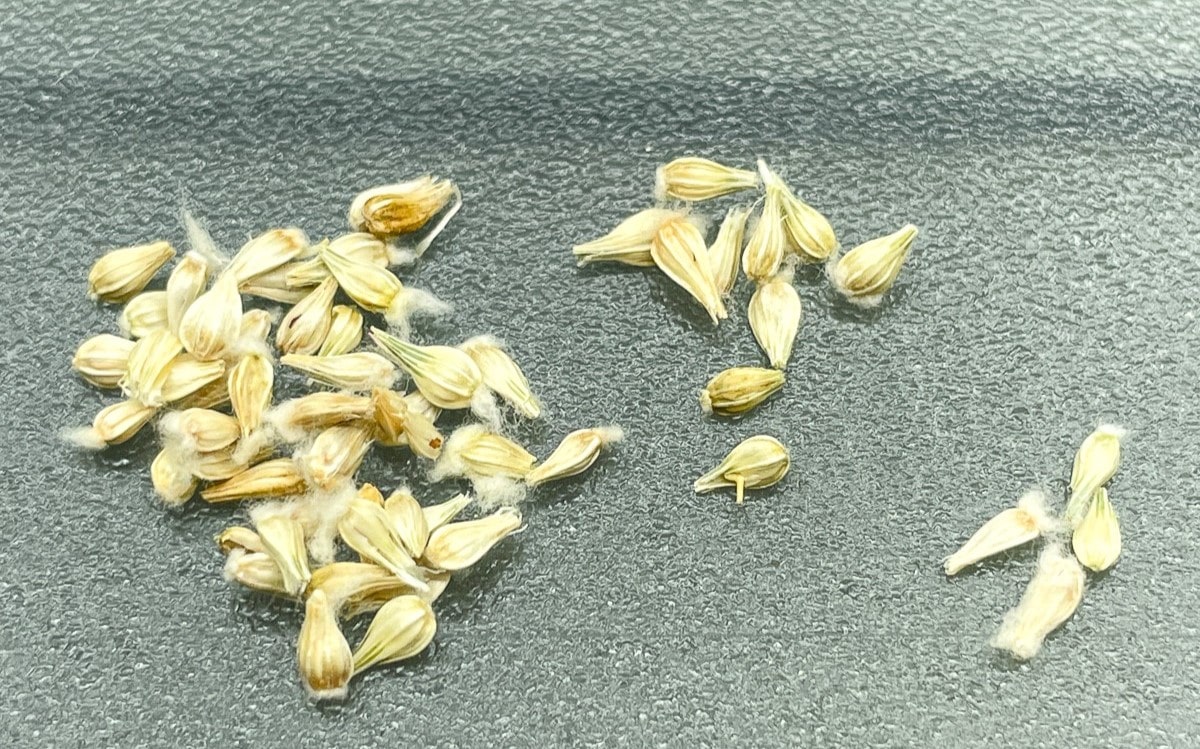

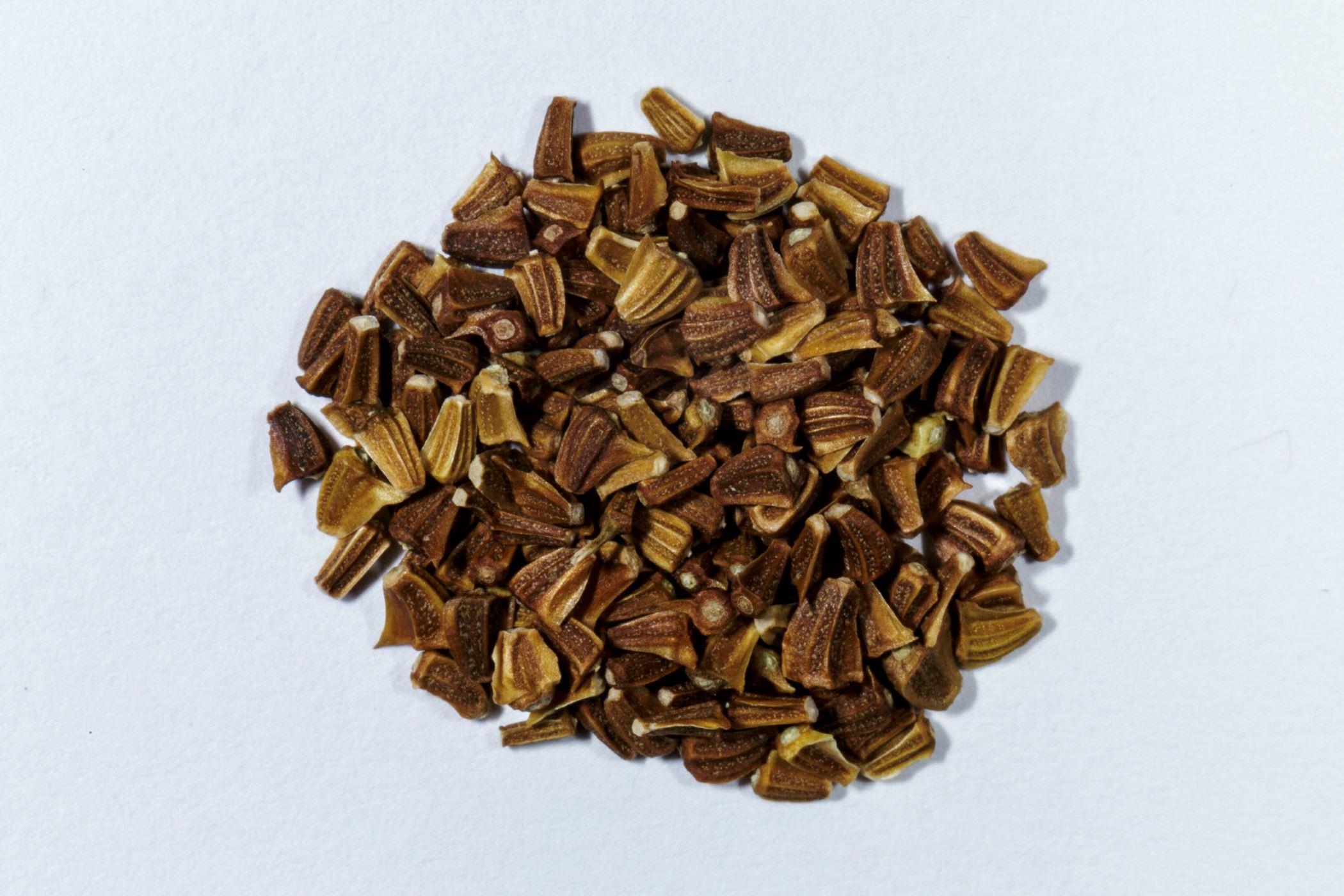
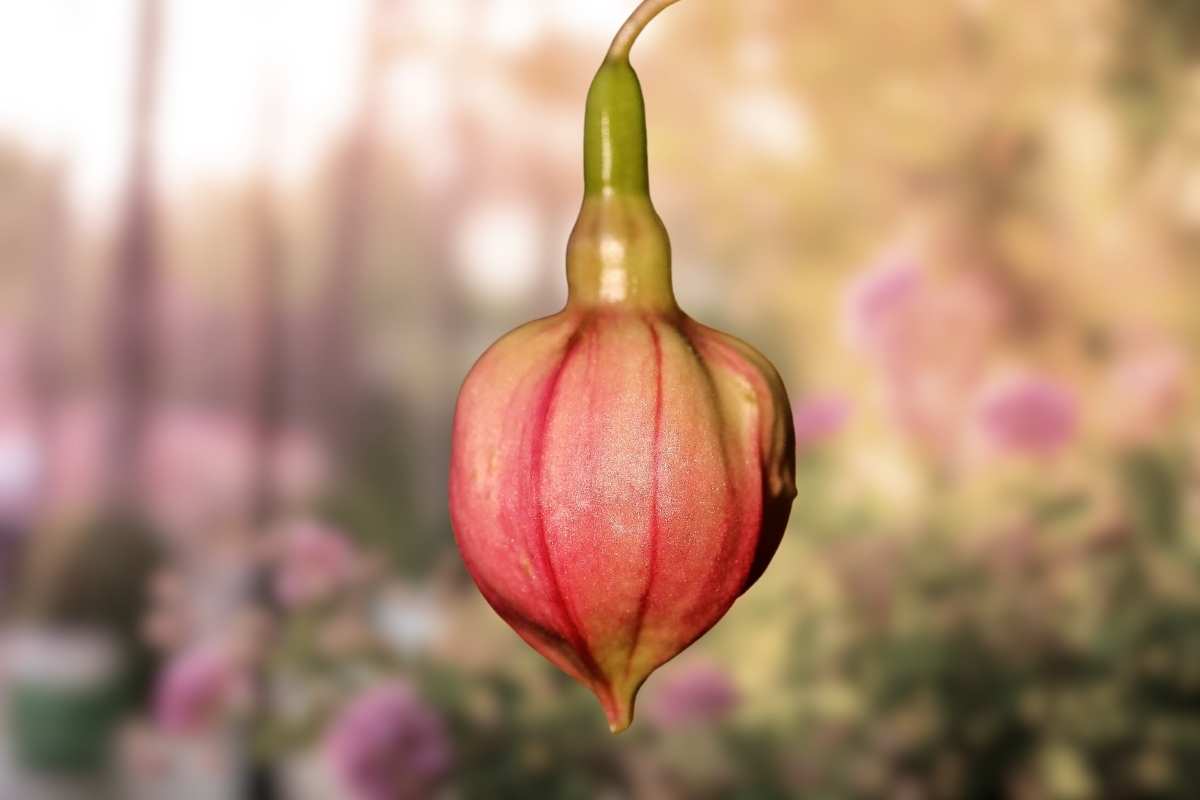
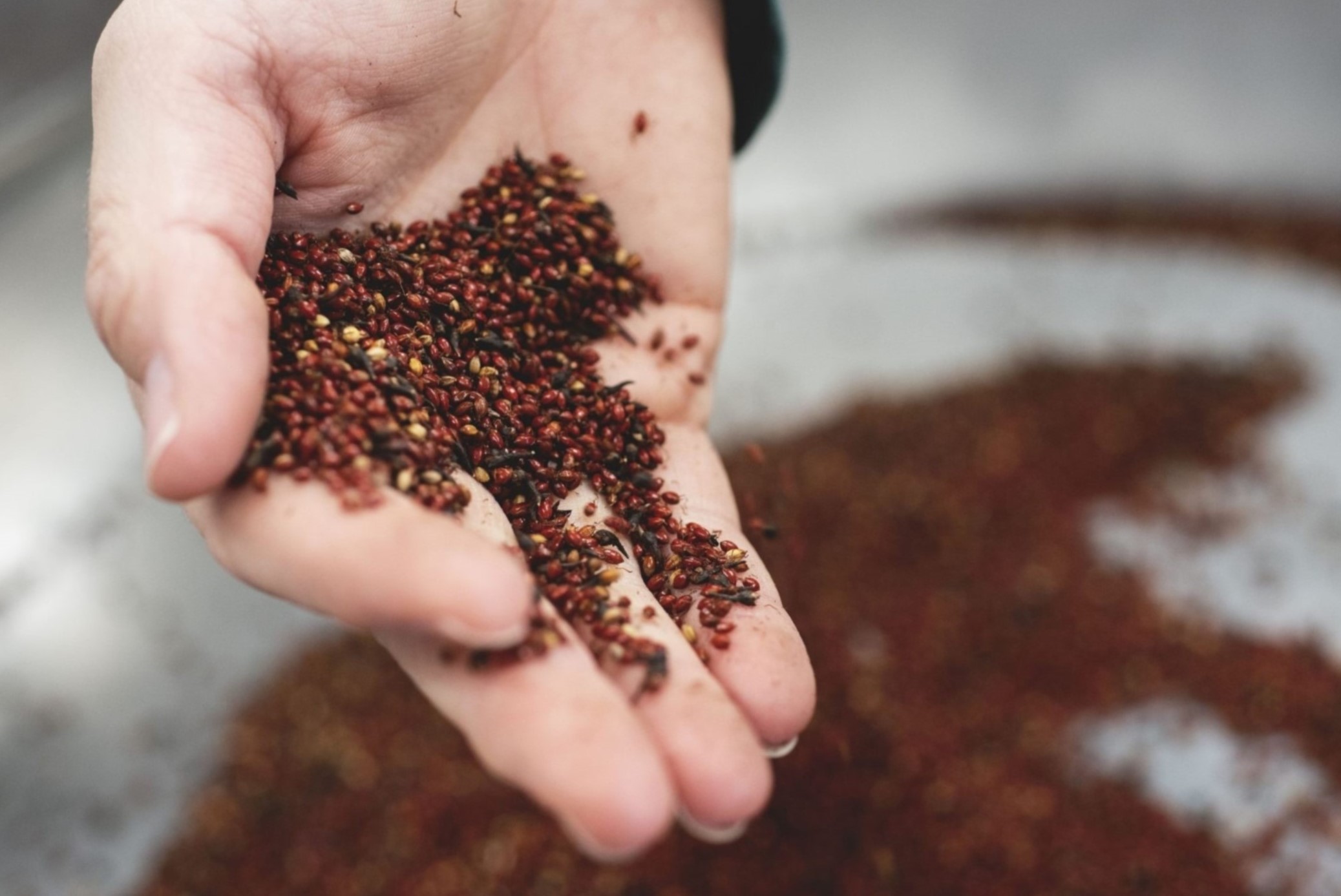

0 thoughts on “What Do Maple Seeds Look Like”